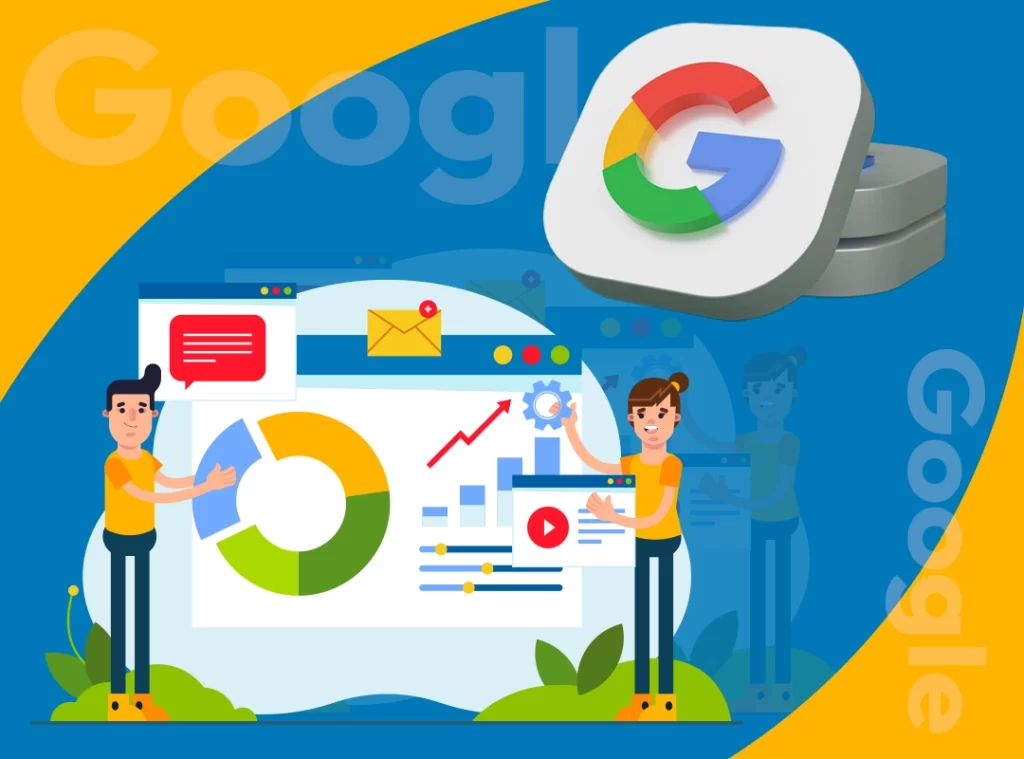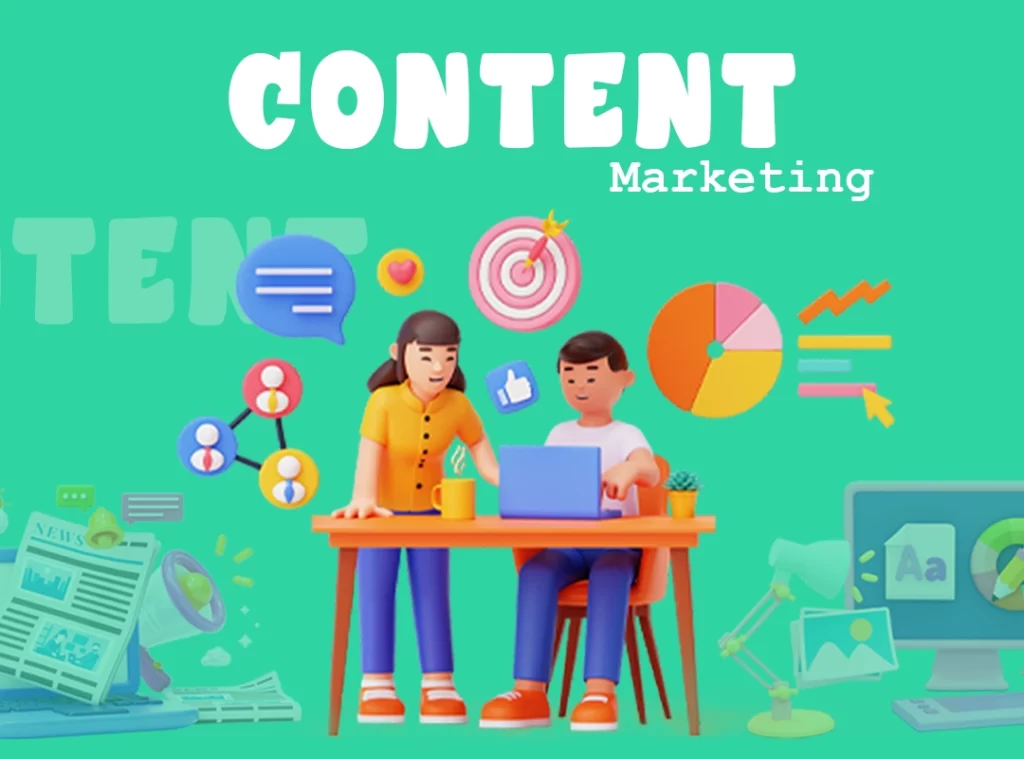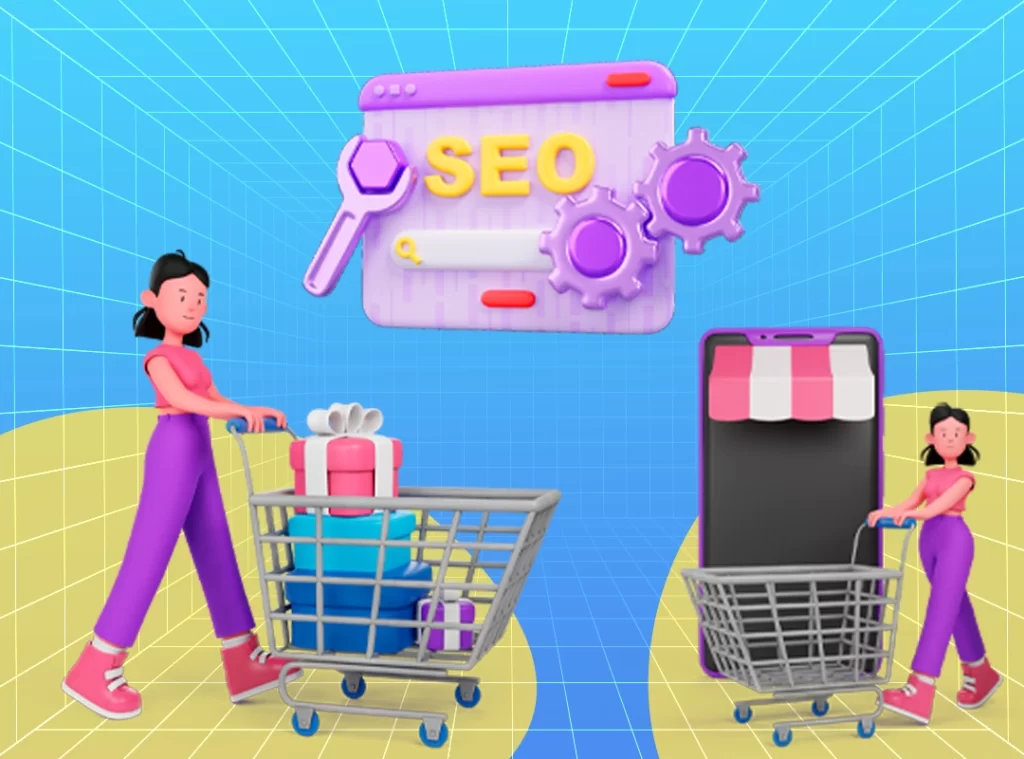The Ultimate Guide to Search Engine Marketing
Table of Contents
If you’re up to date in the field of digital marketing, then you must be aware of what an SEO is. But did you know that it’s actually part of a bigger canvas — Search Engine Marketing? When you’re searching for any product in a search engine, you usually find two kinds of products listed on the Search Engine Results Page.
You find a row of sponsored products listed at the top, followed by the usual results you find on the remainder of the page. The first row of products is listed through Paid Advertising, and the rest are the results of Search Engine Optimization. Both of these are a part of SEM.
So how does SEM actually work? Keep reading to find out.
What is Search Engine Marketing?
Search Engine Marketing is a digital marketing strategy that enables your website to show up more prominently on the SERPs. If you run a business, utilizing an SEM will help you reach the target audience and drive traffic to your site with ease.
There are two main ways to do this:
- Search Engine Optimization: This optimizes your website so it can rank higher in the search results organically (without any payment). This works through creating website content with relevant keywords and building backlinks internally and through other relevant high-quality sites.
- Paid Advertising: This lets you bid on keywords that people may use to search for any products or services related to what you offer. If your bid is high enough, then your ad appears at the top or bottom of the SERP for those keywords. This is known as pay-per-click (PPC) advertising. The advertisers only pay when someone clicks on their ad.

Why Search Engine Marketing?
More than 2 trillion searches are processed through Google every year. With the increase in searches, ranking your business in the SERP has become a dire need. To complete this, SEM has proven to be effective. Here’s how:
- It helps your website get seen by more people. With billions turning to search engines every day, ranking high in the results will help you reach potential clients.
- It deals with focused marketing. By targeting specific keywords or demographics, you can ensure your ads are shown to users who may be interested in your offerings.
- Search Engine Marketing campaigns provide clear data on their efficiency. Contrary to traditional methods, it tracks the clicks, conversions, and other metrics to measure the ROI.
- It delivers quicker results. SEO may take time to show its effectiveness, but SEM provides swift results. Paid ads appear on top of the screen, so it drives traffic to your site faster.
- It boosts your brand awareness. Even if the users don’t click on your ad, seeing it everywhere repeatedly will keep your brand recognized and familiar. This may influence the users sometimes.
What is the difference between SEO and SEM?
SEO and SEM are equally important and work together for a well-rounded digital marketing strategy. However, they have their nuances.
- SEM focuses on paid advertising to be visible on the search engine results page. However, SEO focuses on organic search results.
- SEM needs an upfront investment for the pay-per-click ads. SEO, on the other hand, is an ongoing investment of time and resources, not a direct cost.
- SEM is ideal for reaching a target audience quickly, SEO builds brand awareness over time.
Innovative SEM Strategies That Work
If you’re new to the search engine marketing complexities, here are a few strategies to kickstart your marketing journey.
Keyword Research and Targeting

Campaign Optimization and Management
- Choosing the right bidding strategy based on your campaign goals works wonders.
— Maximize clicks for generating traffic.— Target conversions to generate leads.
— Optimize for return on ad spend (ROAS) for e-commerce.
- Track your key metrics like impressions, clicks, conversions, and cost per acquisition (CPA) to know the areas of improvement.
- Use negative keywords to make sure your ads don’t show for irrelevant searches. This will save you budget and improve your campaign focus.
Compelling Ad Copy and Landing Pages
- Write ad copies that highlight your unique selling proposition (USP) and include intriguing calls to action.
- Your landing pages need to be relevant to your ad copy, create a positive user experience, and be mobile-friendly.
- Make sure to conduct A/B tests on different ad variations and landing page elements. Understand which one suits your target audience and induces better performances.
Choosing the right SEM tools
Now that you have a couple of strategies in hand, let us know the wonders choosing the right SEM tool can do for you.
Here are a few potential options that may be right for you.
Free Tools:
- Google Keyword Planner: A free tool for keyword research, that provides search volume estimates and related keyword suggestions. Great for starting your research.
- Google Ads Editor: Free software for managing and editing Google Ads campaigns efficiently in bulk. Extremely useful if you already run a Google Ads campaign.
- Bing Ads Editor: A replica of Google Ads Editor, but for managing Bing Ads campaigns.

Paid Tools:
- SEMrush: An all-in-one SEO and SEM toolkit with features like keyword research, competitive analysis, ad copy creation, and website traffic monitoring.
- Ahrefs: Another comprehensive SEO and SEM toolset with strong competitor and keyword research, and backlink analysis.
- Moz Pro: Another SEO and SEM tool that focuses on keyword research, on-page optimization suggestions, and domain authority tracking.
Conclusion
Leveraging Search Engine Marketing efficiently will work like a charm for your digital marketing efforts. It’s a powerful tool for growth and reaching your target audience offering various benefits.
- It helps your website get seen by more people.
- It deals with focused marketing.
- Its campaigns provide clear data on their efficiency.
- It delivers quicker results.
- It boosts your brand awareness.
By utilizing this strategy, your business can gain a competitive edge, reach new customers, generate high-quality leads, and ultimately achieve its goals.
- For successful search engine marketing, keyword research is the key! Look for any relevant keywords with a good search volume and lower competition. Consider long-tail keywords, too.
- Use a blend of broad, phrase, and exact match keywords in your campaigns for a wider audience but also maintain control over who sees your ad.
- While keywords are important, don’t focus on just them. Use demographics, targeting, interest, and location targeting to reach the right audience.





